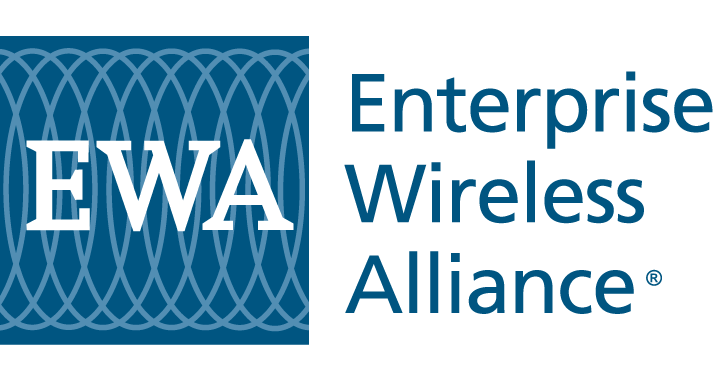EWA and American Electric Power Defend Waiver Request
November 15, 2016 (Herndon, VA) – In response to comments filed by Association of Public-Safety Communications Officials- International, Inc. (APCO) opposing the use of certain Sprint-vacated 800 MHz channels by the American Electric Power Service Corporation (AEP) in rural Ohio, the Enterprise Wireless Alliance (EWA) and AEP today filed a joint rebuttal responding to APCO’s arguments. With EWA’s assistance, AEP requested a waiver of certain rules that would permit it to access seven 800 MHz channels approximately one and one-half years before they would have been available normally to a qualified Critical Infrastructure Industry (CII) entity such as AEP. In objecting to AEP’s request, APCO asserted that AEP failed to demonstrate need or any compelling reason for the request and that granting the waiver request would undermine the purpose of the set-aside of the 800 MHz Sprint vacated spectrum for public safety use in the first three years of availability. APCO also argued that AEP failed to provide compelling circumstances that underlie the waiver request.
In response, AEP described its responsibilities in providing electric service reliably and safely to millions of customers throughout an 11-state area, including the rural area at issue. Further, EWA/AEP’s comments illustrated that two of the requested channels at the proposed site fall entirely within AEP’s service contour, making them unavailable to any other applicant, and that three other channels being reused by AEP would not be available to another applicant given the requirement to protect AEP’s service area contours. Two other channels being sought by AEP are frequencies assigned to the B/ILT pool. EWA/AEP stated that denying AEP’s request to use these channels “would not advance any public interest objective.”
Without a hint of objectivity, APCO argued that the purpose of the three-year Sprint-vacated set aside for public safety use, was to accommodate the “generally slow budgetary process of public safety agencies.” EWA/AEP counter “that while that may be the case generally, the fact that no public safety entity has expressed an interest in these channels in this rural area may be explained by the fact that there are sixteen public safety channels in the interleaved band that are assignable today at AEP’s proposed location in accordance with FCC Rule Section 90.621(b). In relatively remote areas such as the site proposed by AEP, it is not surprising that the supply of 800 MHz public safety channels, including Sprint-vacated channels, exceeds the demand for that spectrum.”
Concluding their comments, EWA/AEP noted that it “unquestionably is in the public interest to allow a CII entity such as AEP to have sufficient spectrum to provide energy-saving, efficient, forward-thinking capabilities for the benefit of its customers.”
About the Enterprise Wireless Alliance
EWA is an FCC-certified frequency advisory committee that provides license preparation, spectrum management and associated services to business enterprises, private carriers, public safety entities and wireless sales and service organizations. Membership within EWA is open to users of wireless communications systems, vendors, system operators and service organizations. Additional information about membership and services is available at www.enterprisewireless.org.
